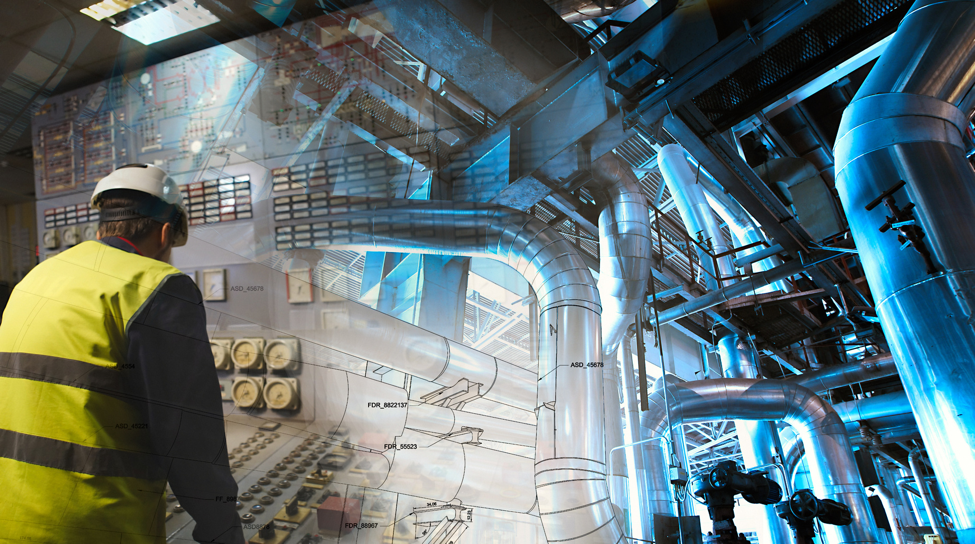7 Ways Automation is Impacting American Manufacturing
Pivot International | June 02, 2017
The US News & World Report recently published an article with a headline that American manufacturing workers no doubt found disturbing. The headline read, “Robots Have Been Taking American Jobs.”
No doubt, this was not a news flash or a big surprise to most readers. Automation has been a part of the American workplace for decades. But the article served to remind us all that progress never stops, particularly where business is concerned. And progress isn’t necessarily good or bad; it’s just forward movement.
The article cites a recent study by the National Economics Bureau of Research, which estimates that approximately three jobs have been eliminated in the U.S. for each industrial robot that has been introduced into the labor market.
It’s a startling enough statistic that it makes one wonder what other kinds of impact automation has made on American business. Here are some of the ways that automation has changed, and is changing, the manufacturing business in the U.S.
Increased productivity
Like it or not, automation has led to a real resurgence in American industry. The New York Times reported recently that manufacturing is at a record high, with workers producing 47% more than they did 20 years ago. That’s largely due to automation.
Cost cutting
There’s no doubt that automation saves businesses money. There’s an upfront investment involved in automating various processes, but in the long run, it’s more cost efficient to mechanize the repetitive tasks involved in manufacturing.
Better quality
The automation process largely eliminates human error, assuring more consistent quality in a product no matter how many times a task is repeated. If automated manufacturing technology is properly maintained, there’s no such thing as fatigue or distraction to cause a mistake.
Less downtime
With automation, there’s no need to worry about shifts, breaks, time off, or sick days. It’s possible to run at maximum production rates, 24/7. Think for a moment about how revolutionary that is in terms of the manufacturing industry.
Shifts of human workers can come and go around the clock, working with the machines to create the products. As more and more tasks fall to machines to perform, it’s logical to assume that productivity will rise even higher.
In an increasingly fast-paced world, it’s simply impossible to ignore the advantage of time that automation can provide.
Safety
The harder a human being works, and the more equipment they’re around, the greater the possibility for serious injury. Automation has largely eliminated that issue. If a machine breaks down, it can be repaired or replaced. A precious human life cannot. As much as the idea of automation might evoke mixed feelings, it’s important to note that lives have likely been saved when a manufacturing business converted to automation.
For decades, even centuries, workers performed their duties in potentially dangerous situations. That problem, at least in the U.S., doesn’t exist on the same level it used to. That’s because of automation.
Higher investment costs
That’s not to say that all of the results of automation have been positive. Consider a company that’s about spend a large amount of money on automation.
What if there isn’t sufficient capital to do so? What if that forces the purchase of lower-quality technology, which will possibly fail where another more expensive type wouldn’t?
Or more likely, what if a company simply doesn’t make the investment and loses business to one that did?
Need for more highly skilled workers
Technology is changing so quickly that it can be difficult to keep up. That means that there often aren’t enough quality personnel to run the machines. Without that expertise, the risk of a malfunction or more likely reduced productivity is much higher.
The effects of automation on American manufacturing are complex. While automation does eliminate certain jobs, it’s also creating positions for highly skilled workers that didn’t exist before. The challenge of automating manufacturing is finding a way to benefit not only the bottom line, but also the lives of American jobseekers as well.



